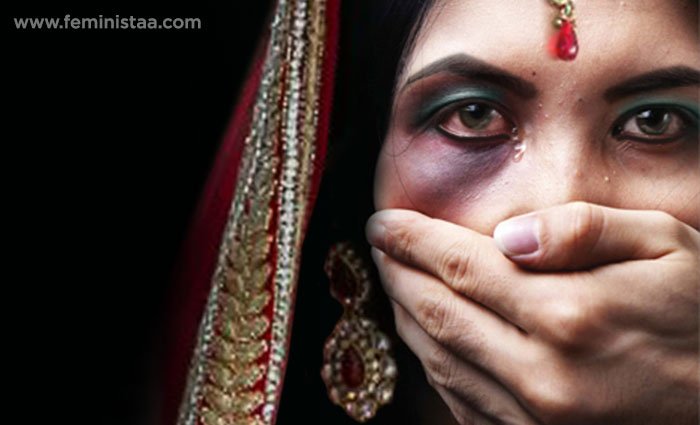In Changemakers,
2 years agoIn Changemakers,
2 years agoIn Changemakers,
2 years agoIn Changemakers,
2 years agoIn Events,
2 years agoIn Events,
2 years agoIn Events,
2 years agoIn Events,
2 years ago






Professor at Azim Premji University, writes on contemporary and real-world issues with a lens of economics or social sciences.

Your opinion matters